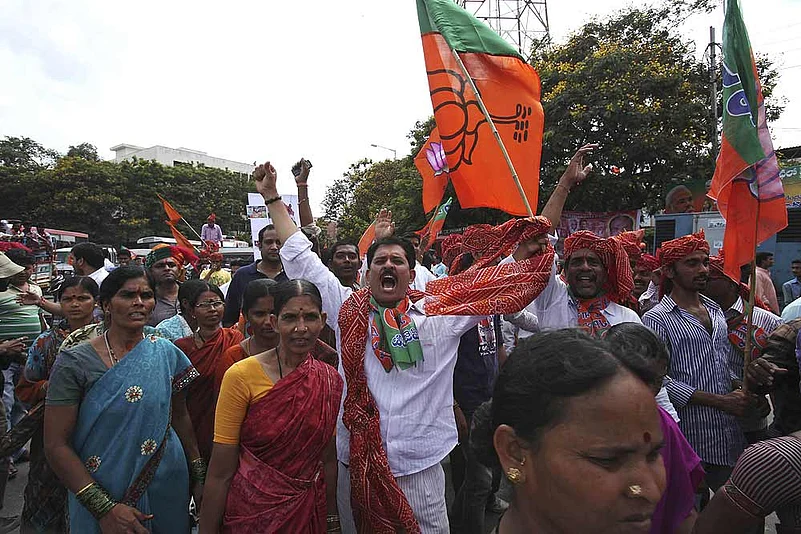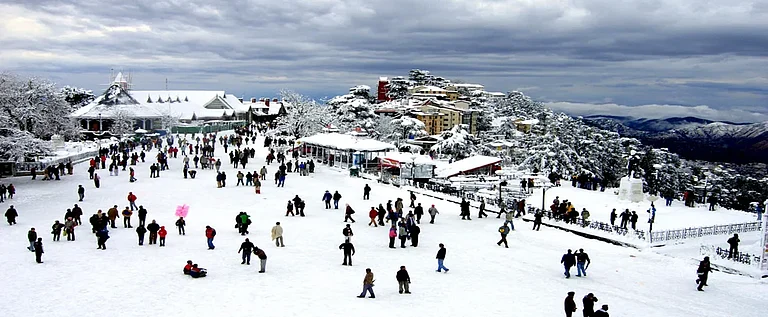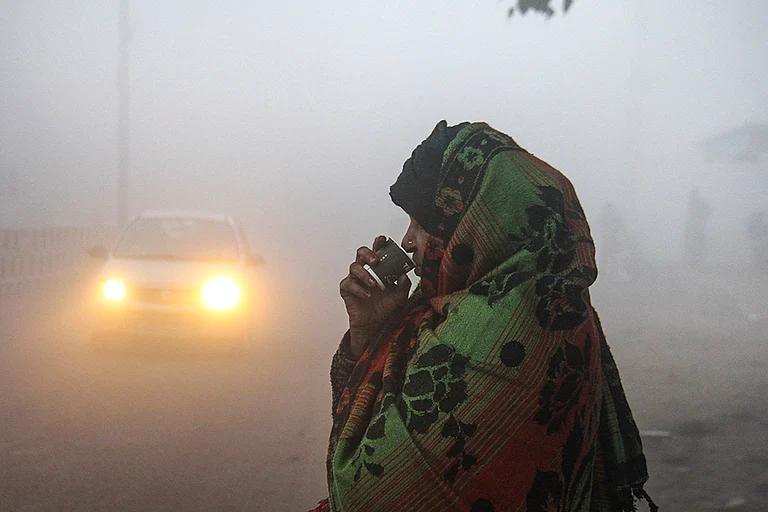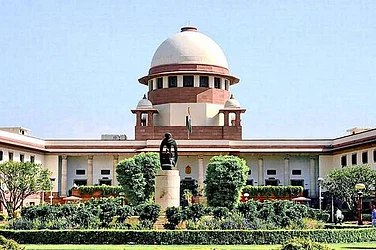Senior BJP leaders are still divided over ticket distribution and mergers in Karnataka, but they agree on one thing: a less heralded, but very crucial, corner of the battleground for 2014 lies in Karnataka and Seemandhra. Narendra Modi, the party’s prime ministerial candidate, is learnt to have made it clear to his poll strategists that focusing on Uttar Pradesh (80 Lok Sabha seats) and Bihar (40) won’t be enough to give the party the much-needed edge. The 28 seats in Karnataka and 25 in Seemandhra add up to a sizeable 53, and he has been emphasising to BJP leaders that performance in these two states is crucial.
The reason for the concern is simple: Modi’s desperation to establish himself as a leader with a pan-Indian appeal. Says a BJP poll planner, “So far, Modi’s detractors have argued that his appeal and good governance vibes are restricted to Gujarat. His popularity in UP, Bihar, Rajasthan, Madhya Pradesh, Himachal Pradesh and Uttarakhand is attributed partly to the common appeal of the BJP in Hindi-speaking states. So he needs to go beyond these states to establish his national stature.”
Many in the party agree that the final and true test of a “Modi wave” will be in the southern states. Seemandhra and Karnataka, which together have more seats than Bihar, are an ideal place for the BJP to take up the challenge. As of now, the BJP has 18 MPs from Karnataka, the highest from any state. The mission will be to at least retain the tally, if not increase it. Insiders confirm that party cadres have been told to put all their energies into northern Karnataka—which, with its troubled communal history, is ripe for the picking. The specific word is: north Karnataka will determine whether the BJP ends with 20 additional seats finally or not.
Modi has ensured election affairs in Karnataka are being run by his confidant M.P. Kumar, an old RSS hand. He will be working in tandem with Dattatreya Hosabole, the RSS’s joint general secretary and state in-charge. Modi’s reasons for picking one man as the head of the campaign here are not hard to fathom—“organisationally and politically, the BJP is in a mess in Karnataka”, says a source. “The advantage in UP and Bihar is the BJP has a sound, robust organisation and cadre base. Karnataka and Seemandhra falter on that front.”
In Karnataka, the BJP is working hard to woo back and consolidate the once- disaffected Lingayat votebank with the return of former CM B.S. Yediyurappa. It’s hoping to do this without, of course, brushing up too directly against the anti-corruption rhetoric that’s defining the election campaign nationally. Even locally, the new politics will make a big splash with the arrival of techie debutants like Nandan Nilekani (Congress) and his former Infy mate V. Balakrishnan (AAP), the effect of whose campaign, the party naturally hopes, will be restricted to urban centres. The wariness over ‘Bellary Reddy’ loyalist B. Sreeramulu (whom the party is finally only ‘backing’ from Bellary, after reservations were aired by Sushma Swaraj about a merger) is the only direct effect till now.
In Seemandhra, the BJP hopes a tie-up with Chandrababu Naidu’s TDP brings with it transferred benefits in terms of its caste base, the Kammas. If one adds the Kapus, it’s a solid 40 per cent of the population, but there’s a real scramble for the latter. Superstar Chiranjeevi is a natural magnet for the peasant caste (though his merger with the Congress has split the family). The RSS is also banking on its long association with the Madigas, the big Dalit group in AP—as a counter against the Mallas, who are inclined to support the YSR Congress.
The BJP also hopes to visibly link up Seemandhra’s hope to get greater support from the Centre in the months to come with a certain commitment from the party. The way Seemandhra politics has opened up offers the BJP a chance to make its second southern sortie.


























